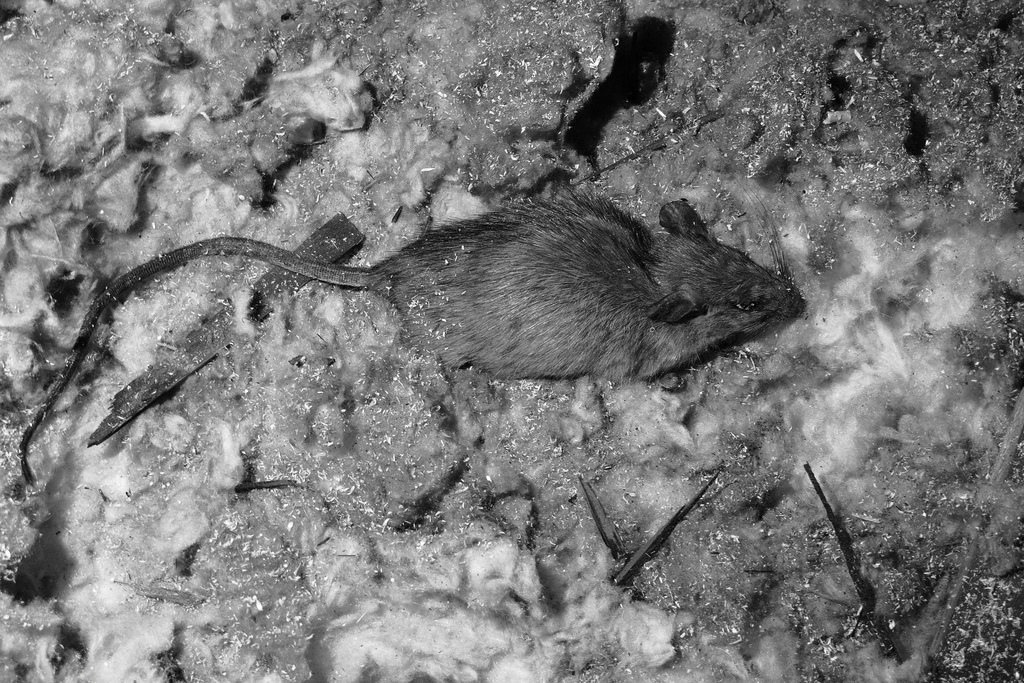The warm, sheltered habitat of an attic offers the perfect breeding grounds for rats and rodents. They may gain access to the attic through a small hole or opening that’s no larger than a nickel. Here, rats may continue to scavenge for food without fear of being scooped up by a hawk, owl, fox or any other natural predator. Unfortunately, rat infestations in the attic creates a serious health risk to family members, which is why it’s important to prevent them.
Before you can treat a rat infestation, however, you must first check to make sure these rodents are truly to blame. The sound of what “appears” to be rats scampering throughout your attic could be nothing more than water flushing down the pipes, or it could be the sound of squirrels running across the roof. So, how do you know if rats are living in your attic?
Droppings and Urine
The most obvious indicator of a rat infestation in the attic is the presence of feces and urine. It’s not something most homeowners want to think about, but rats defecate several times a day, leaving behind small, rice-sized droppings. Using a flashlight, carefully inspect your attic for signs of droppings and small patches of urine. Due to the potential for disease and bacteria transmission, it’s recommended that you avoid touching rat droppings or feces with your bare hands.
Chewing
Another sign of a rat infestation in the attic is chewed-up debris. Rats have incredibly powerful teeth and jaws and can literally chew their way through just about anything, including metal and solid concrete. Some of the items that a rat may chew through in the attic include rolls of insulation, cardboard boxes, electrical wires (serious fire hazard) and wooden planks.
Night Activity
Rats, like most rodents, are nocturnal, meaning they come at night to search for food and water. If you’re experiencing a rat infestation, you’ll likely hear them scampering around the attic at night. Squirrels, on the other hand, typically rest during the night. Daytime sounds coming from your attic are likely squirrels, whereas nighttime sounds are rats, mice or some other type of rodent.
These are just a few of the tall-tale signs of a rat infestation to look for. It’s important to take immediate action from the first sign of an infestation to keep their numbers from spiraling out of control. Rats are more than just a nuisance; they are a serious threat to you and your family’s health.
